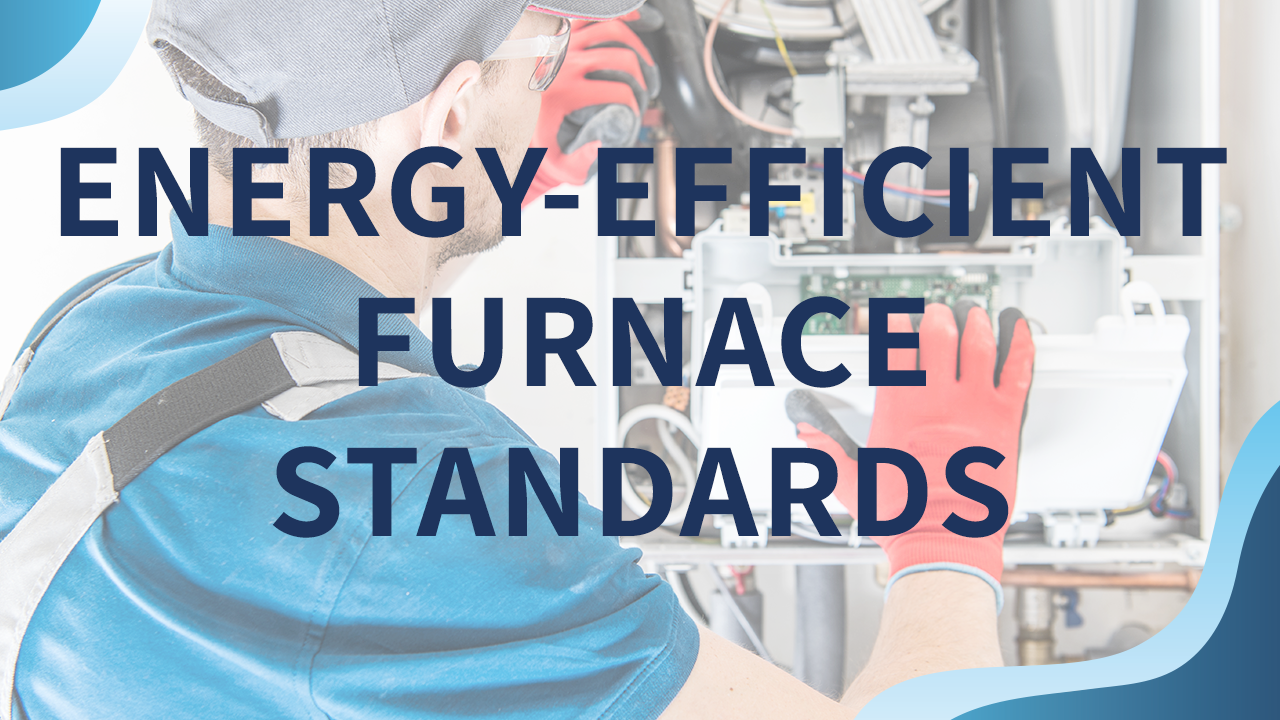Throughout your time as an HVAC contractor, you’ve faced many issues—clogged drain lines, furnace ignition problems, and dirty air filters. While these are essential components to the functionality of a unit, air ducts are equally as important.
Improper duct installation is another problem that tends to rear its ugly head in residential or commercial properties. According to Energy Star, “about 20 to 30 percent of the air that moves through the duct system is lost due to leaks, holes, and poorly installed ducts.” This results in higher energy bills, which leaves many consumers frustrated.
But why is there poor duct installation? Some contractors may provide a quick but not quality installation. On the other hand, duct compatibility could also be an issue. There are flexible, rigid, and semi-rigid ducting. We’ll break down each and outline the best practices for determining the proper length during installation.
What Is the Purpose of an HVAC Duct System?
An HVAC system’s purpose is to circulate air throughout the property with the help of many components, such as:
- Supply ducts: Blows air to a specific area of the establishment
- Return ducts: Extracts air from places within the property and feeds it back to the furnace or air handler
- Plenum: A large box connected to various ducts and stores air for the HVAC system, which is then circulated through the ducts
- Flues: Found in HVAC systems that create hazardous fumes; the flues help the gasses get extracted outside
These are generally the standard parts of an HVAC system. Depending on the type, things could differ, which is why issues could vary.
Types of Ductworks Available
Next, we’ll dive into the various ductwork you’ll likely come across. As mentioned above, there are three types: flexible, rigid, and semi-rigid. Here’s a quick overview of each:
Flexible
Flexible ductwork is the answer when rigid piping is tricky to install, and you need something more straightforward. The materials used include:
- PVC
- PVC coated aluminum
- Insulated aluminum
The lightweight and inexpensive materials make it the ideal solution for contractors and home/business owners. You won’t have a challenging time working, and they can benefit from a simple remedy to their HVAC problems.
Rigid
In most installations, you can use rigid ducting because the materials are either plastic or expanded polypropylene (EPP). They’re great for single-use applications or part of a more extensive ducting system.
Furthermore, it minimizes bends in a duct system. However, rigid ducting is better used if the unit passes through unheated areas or is located outside.
Semi-Rigid
Semi-rigid ducting is a “zero-leakage system” because of its versatility. It allows the user to switch between round and oval ducting without minimizing performance.
This optimization helps the efficiency of whole home ventilation systems and can be easier to maintain than other duct types.
Best Practices for Determining the Length of Flexible Ducts
Installing flexible ducts makes your job a lot easier. But you’ll still need to ensure the piping is adequately established so the customer doesn’t have airflow issues. So here are some rules to consider when sizing the ducts for a flexible duct system:
- Measure the diameter: Defined as “the distance through the center of an object from one side to the other.” It’s essential since all duct sizes are measured by their diameter.
- Don’t worry about the circumference: It’s easy to confuse circumference and diameter since both have to do with circles. But they’re different; the circumference deals with the distance around the circle.
- Figure out the OD: The OD or outer diameter measures the diameter from one outside section to the other external section. Regarding flexible duct sizing, it’s important for the hose’s wall thickness and to calculate the outside of the pipe where the duct will get installed.
- Know the ID: Internal diameter measures the inside of a circle from one point on the inner wall to another. You’ll notice that all flexible duct sizes come with an ID that ranges from 1″ to 24.” This is critical because the size fits over the OD of the connecting pipe and is then secured.
Following these concepts can help with any flexible ductwork installation job. However, the IAPMO passed a ruling stating that flexible piping should be no longer than five feet for residential properties.
After review, it was extended to six feet, but it could still cause issues with a project if you can’t use flexible ducts. But gauge the progression of your project to see how you should proceed.












